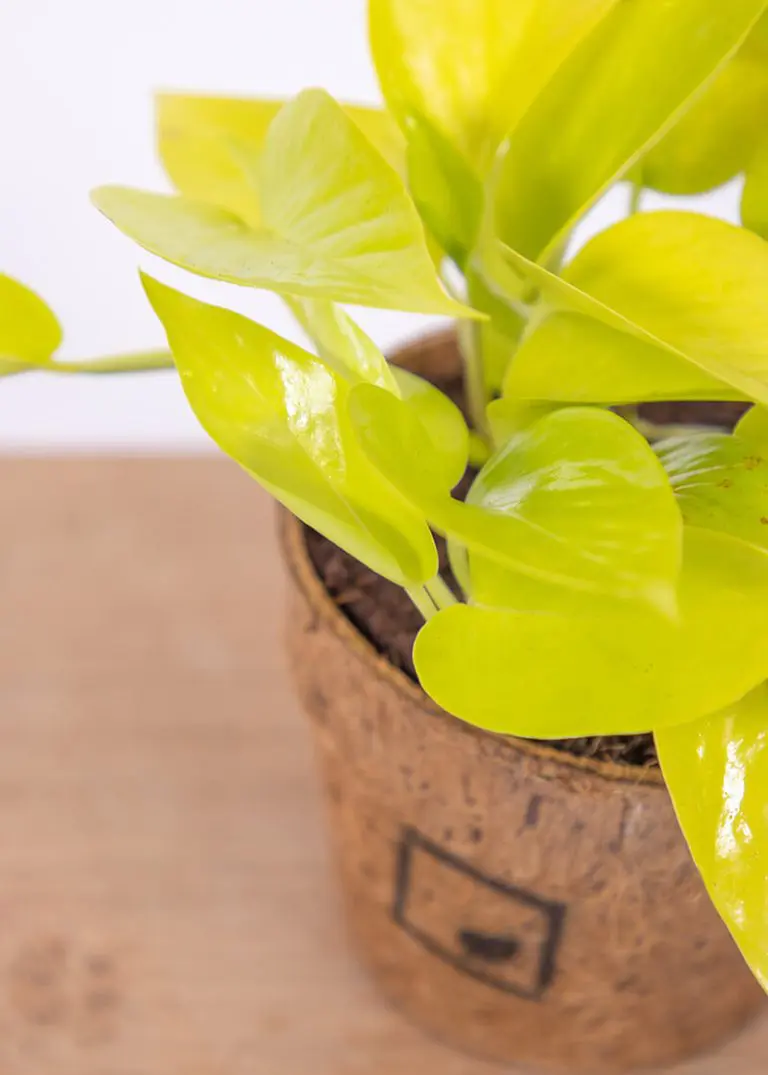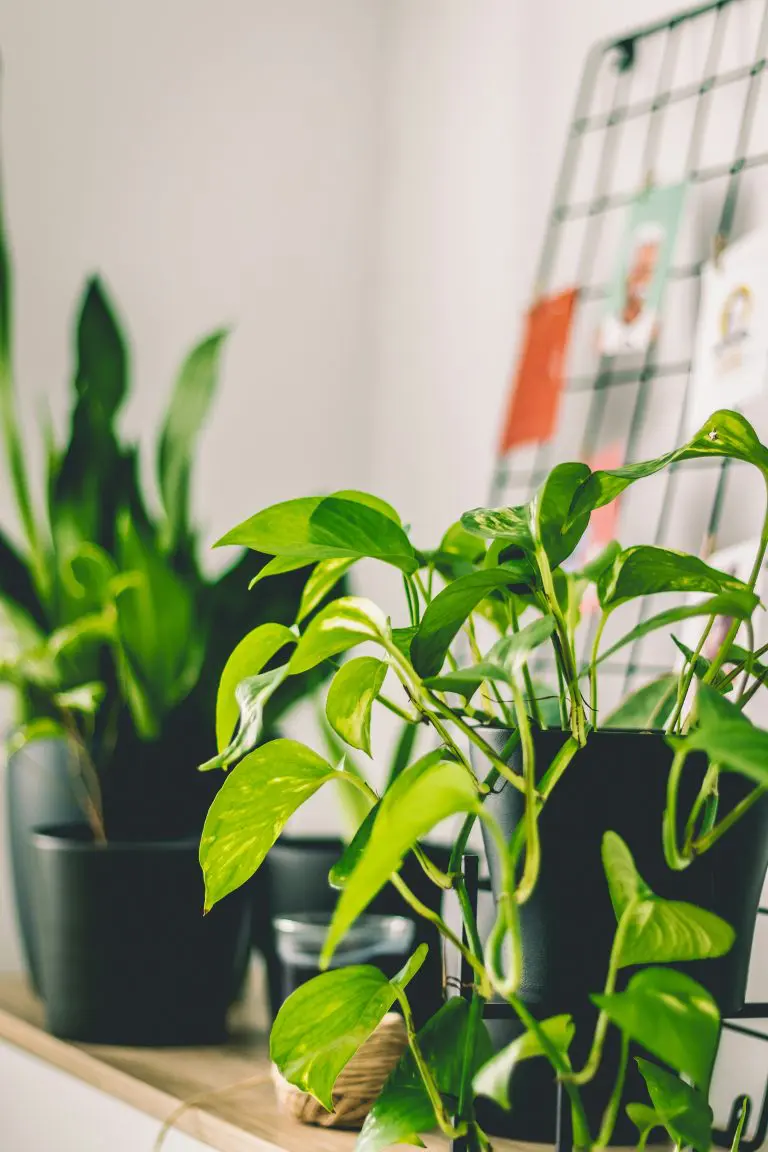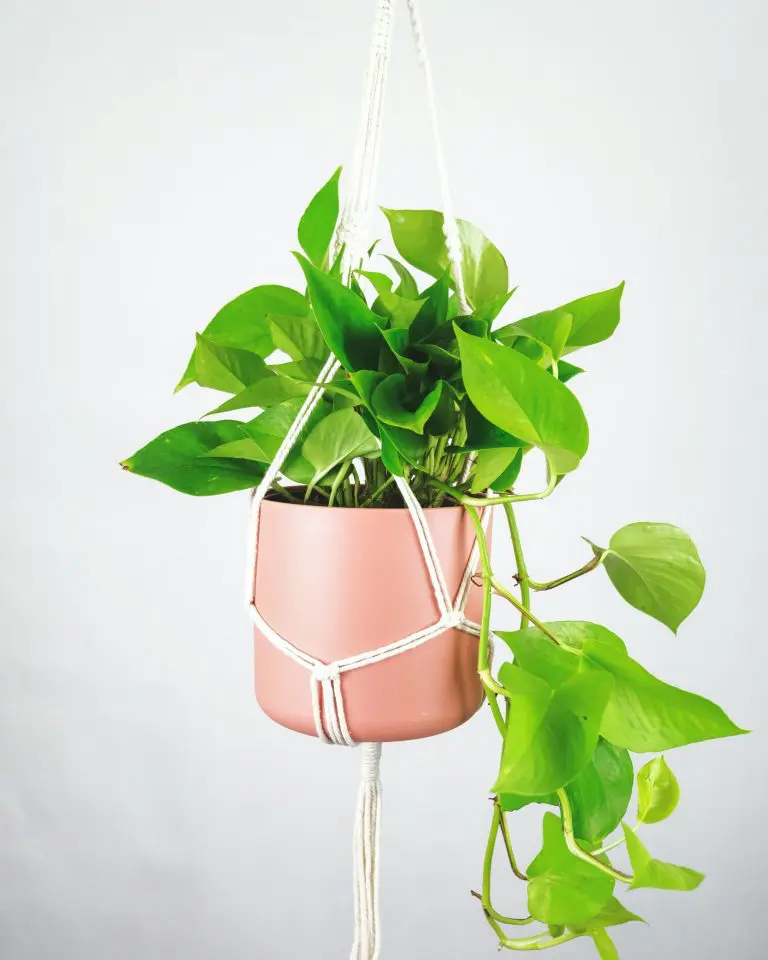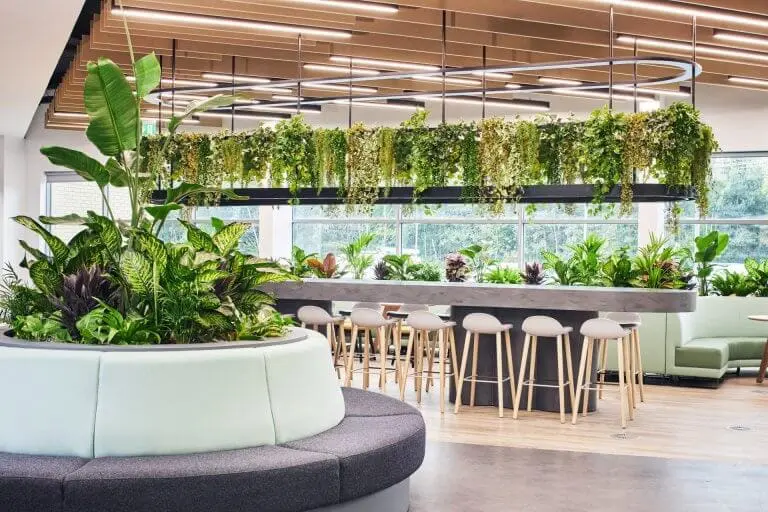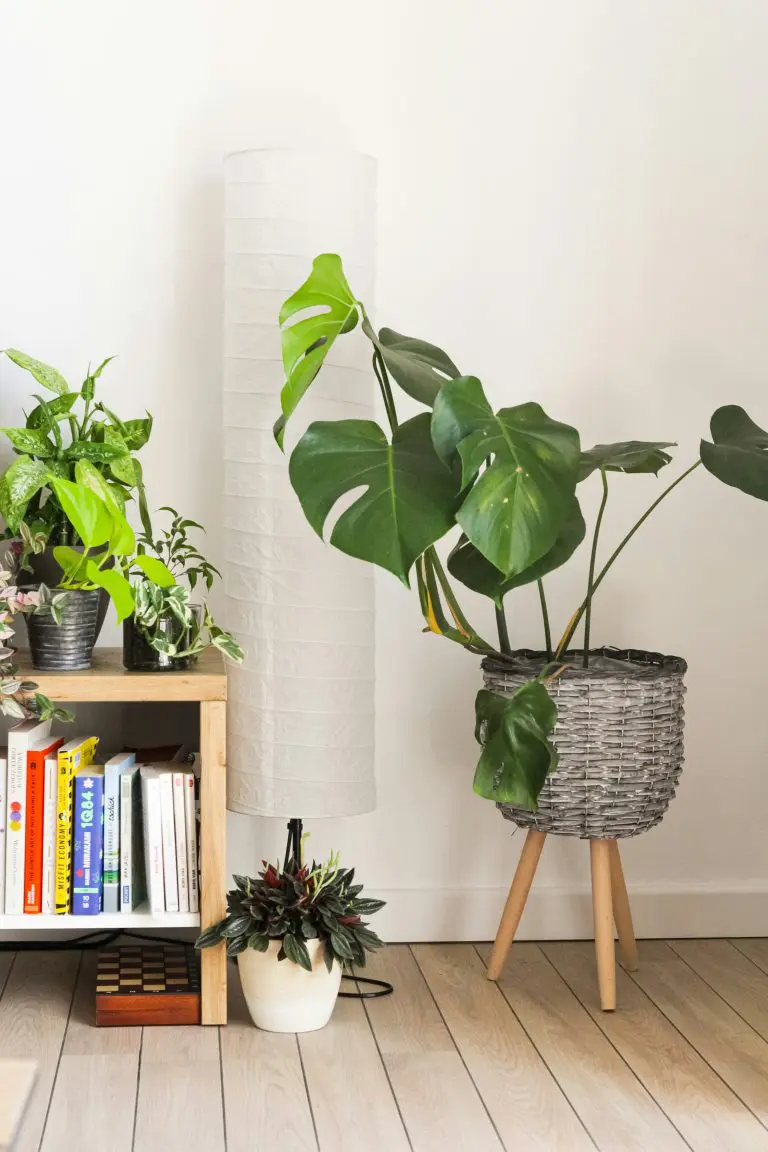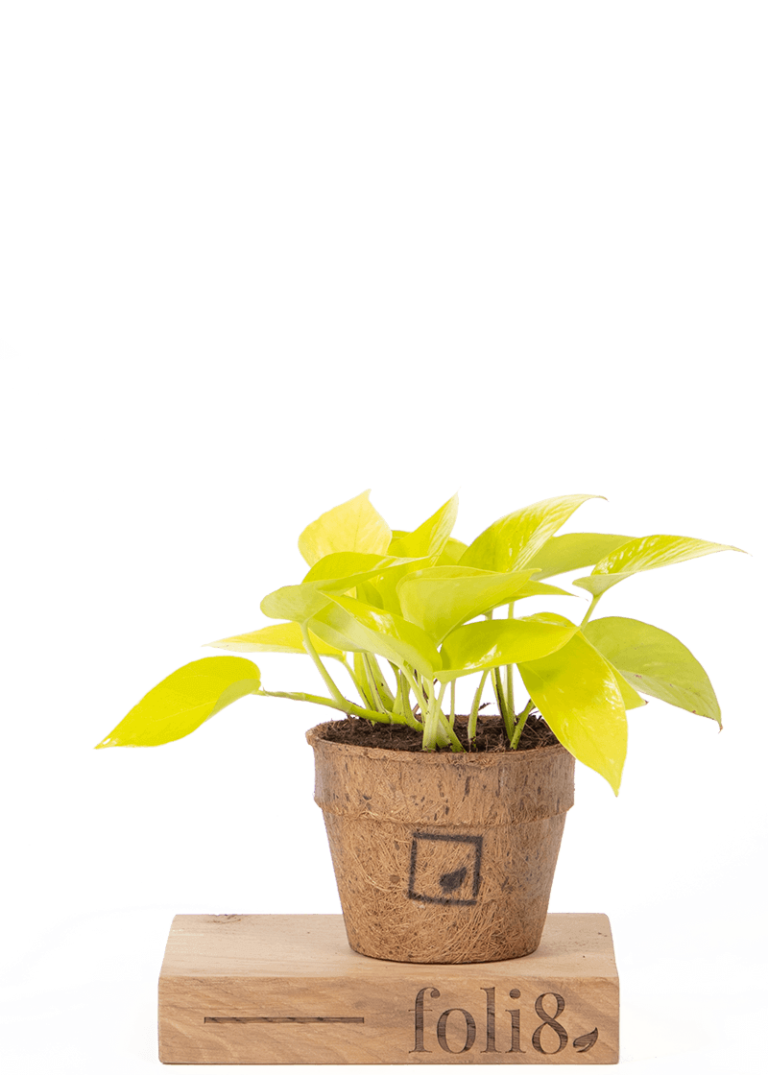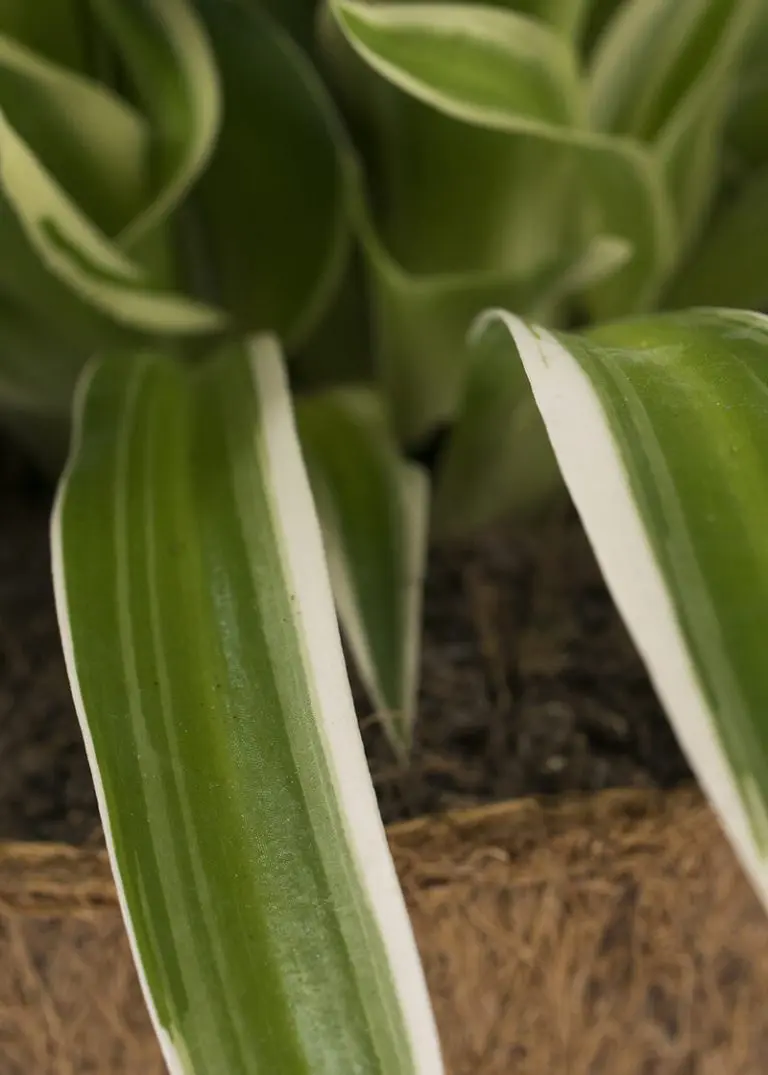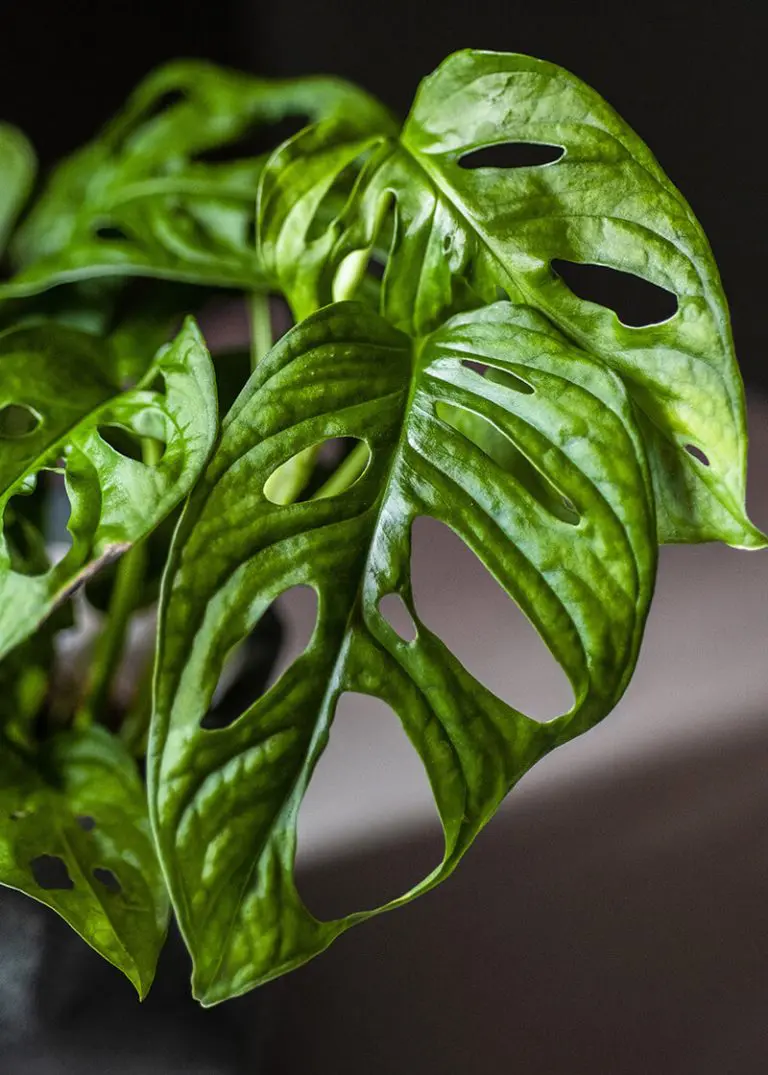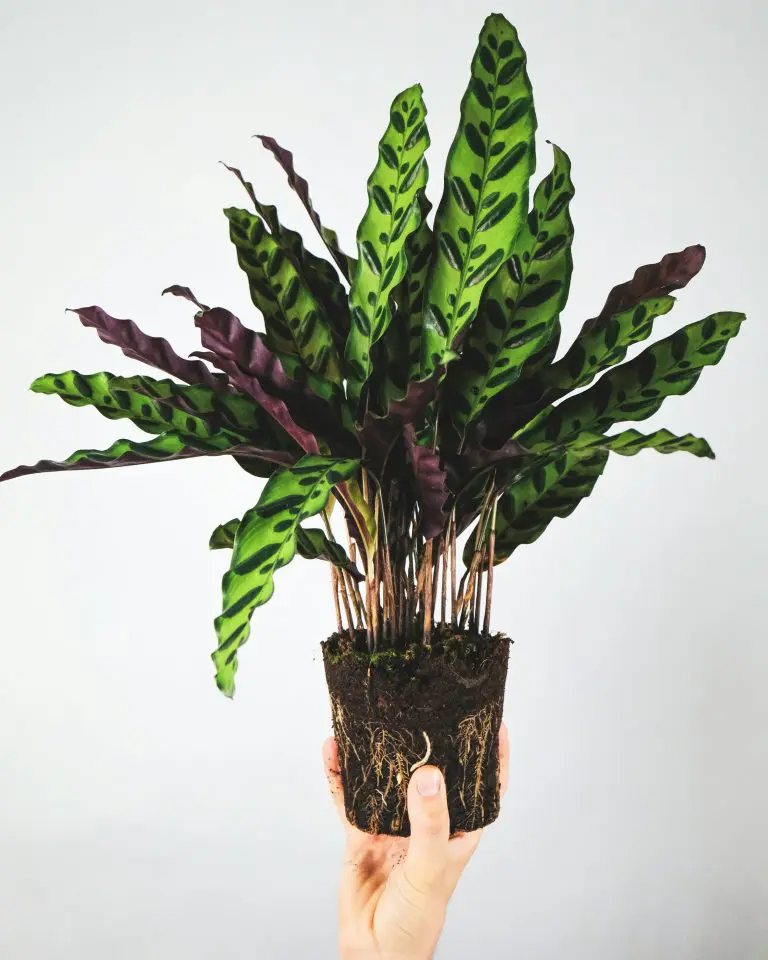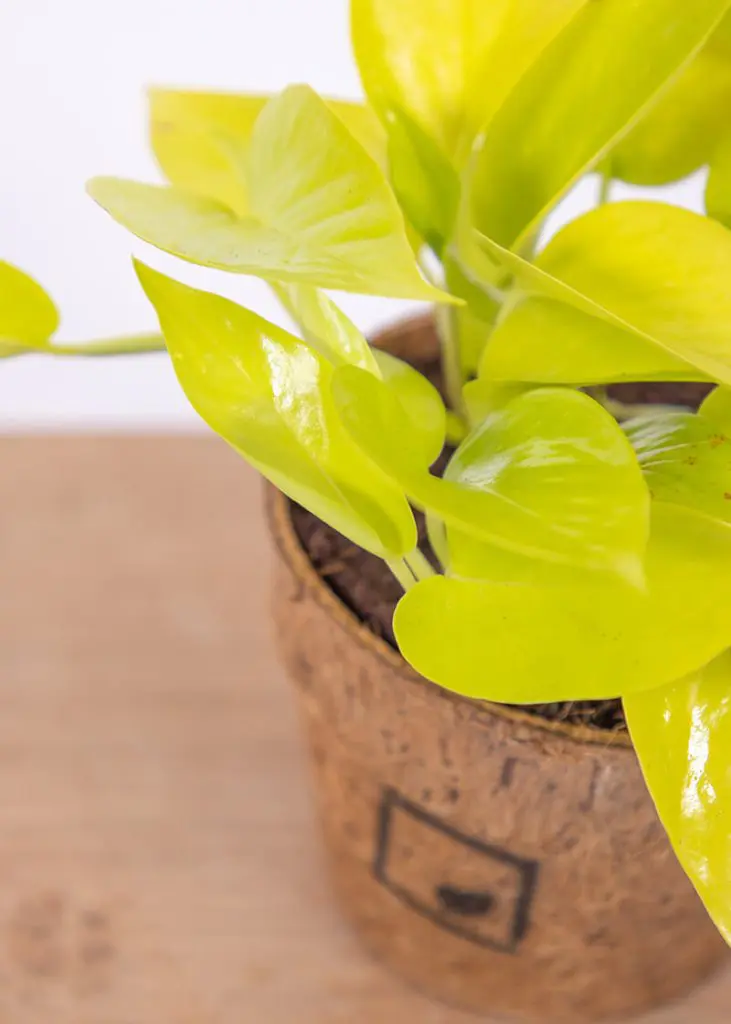
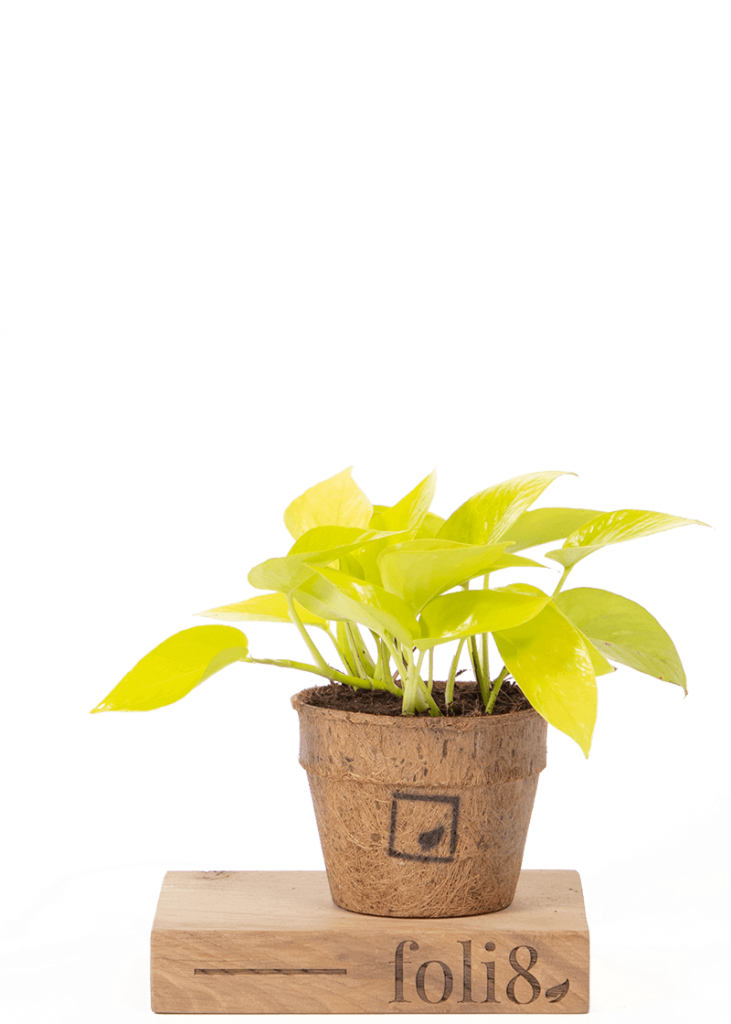
Epipremnum aureum ‘Neon’ is a vivid chartreuse-coloured cultivar of the classic pothos plant.
Latin name
Epipremnum aureum ‘Neon’
Pronunciation
(“ep-ee-PREM-num AW-ray-um NEE-on”)
Common name
Neon Pothos, Golden Pothos ‘Neon’
Origin
Southeast Asia and the Pacific Islands
Epipremnum aureum ‘Neon’ is a vivid chartreuse-coloured cultivar of the classic pothos plant. It belongs to the Araceae family and is closely related to Philodendron and Scindapsus.
This variety stands out for its bright, uniform lime-green foliage. Young leaves emerge almost fluorescent and maintain their colour as they mature, bringing a strong splash of light to indoor spaces. Like all pothos, it grows as a trailing or climbing vine. It produces aerial roots along the stem that allow it to cling to supports or cascade gracefully from hanging planters.
In the wild, Epipremnum aureum grows in the understory of tropical forests, climbing high into tree canopies. The ‘Neon’ cultivar shares the same hardiness and easy-care nature as its relatives, making it one of the most widely used decorative vines indoors.
Did you know?
Epipremnum aureum contains calcium oxalate crystals. If ingested, it can irritate the mouth and stomach of people and pets. Sap may also cause minor skin irritation in sensitive individuals.
caring for your plant

Light
Bright but indirect light is ideal. Tolerates moderate light, but intense direct sun can scorch its leaves and low light may dull its neon colour.

Watering
Allow the top few centimetres of substrate to dry out between waterings. Overwatering can lead to root rot.

Pruning
Trim trailing stems to encourage bushier growth or to manage length. Cut just above a node with clean scissors.

Feeding
Feed with a balanced liquid fertiliser every 4–6 weeks during spring and summer.

pest & diseases
Generally pest-resistant but may attract mealybugs, spider mites or scale in very dry air or if stressed.
Where the Epipremnum aureum originates from

The Neon Pothos is a cultivar of the Epipremnum aureum or Devils Ivy.
Our plants are grown in Ecoponic, an alternative to soil. Officially known as a vulkaponic substrate, it replaces traditional compost with a clean, mineral-based medium that helps protect peatlands.
According to the IUCN UK Peatland Programme, “A loss of only 5% of UK peatland carbon would be equal to the UK’s annual greenhouse gas emissions.” As well as storing carbon, the natural wetlands where peat is found are critical to the survival of plants and wildlife. Ecoponic also improves plant health and uses water more efficiently.
Find out more about Ecoponic here.

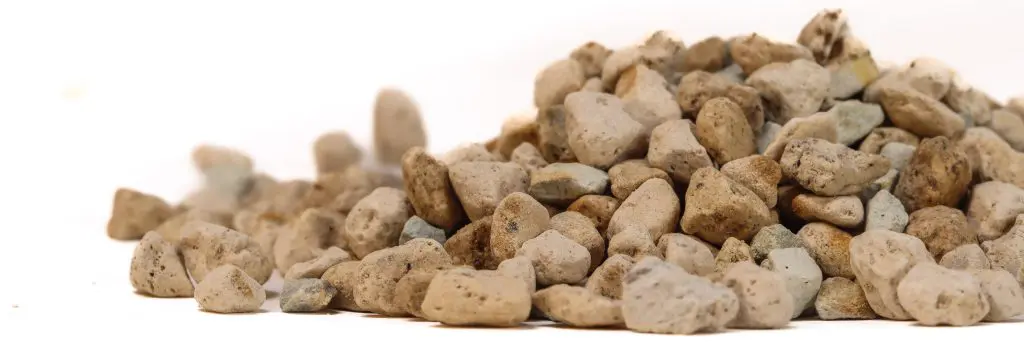
Buy one of my cousins from the nursery
Did you know?
Plantopedia is brought to you as part of our Engage & Bloom workplace experience program.
explore more
Why not continue your journey through the plant world. Explore more plants, their stories, habitats and the benefits they bring to spaces.


